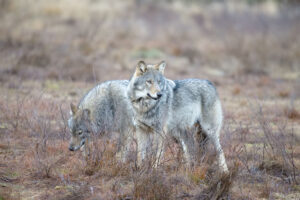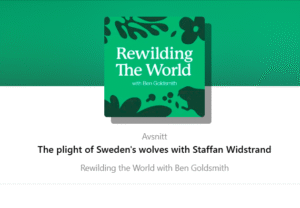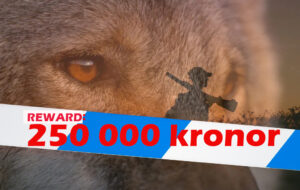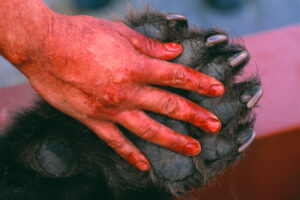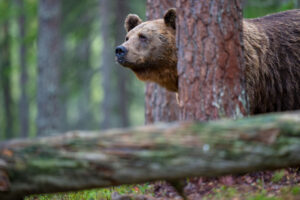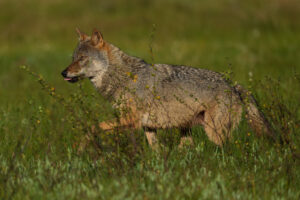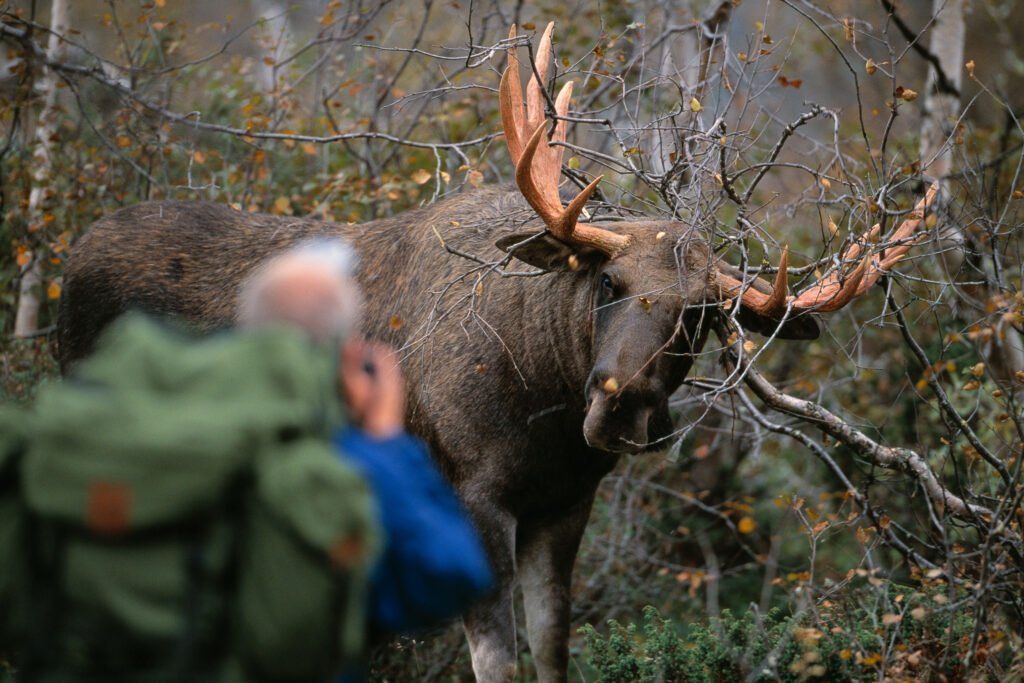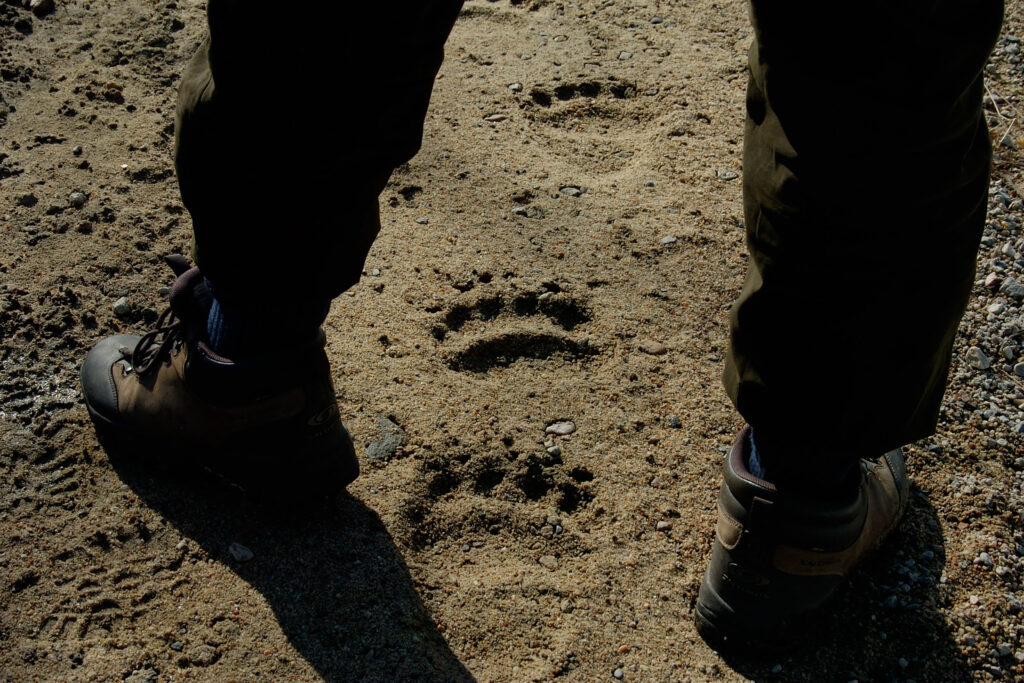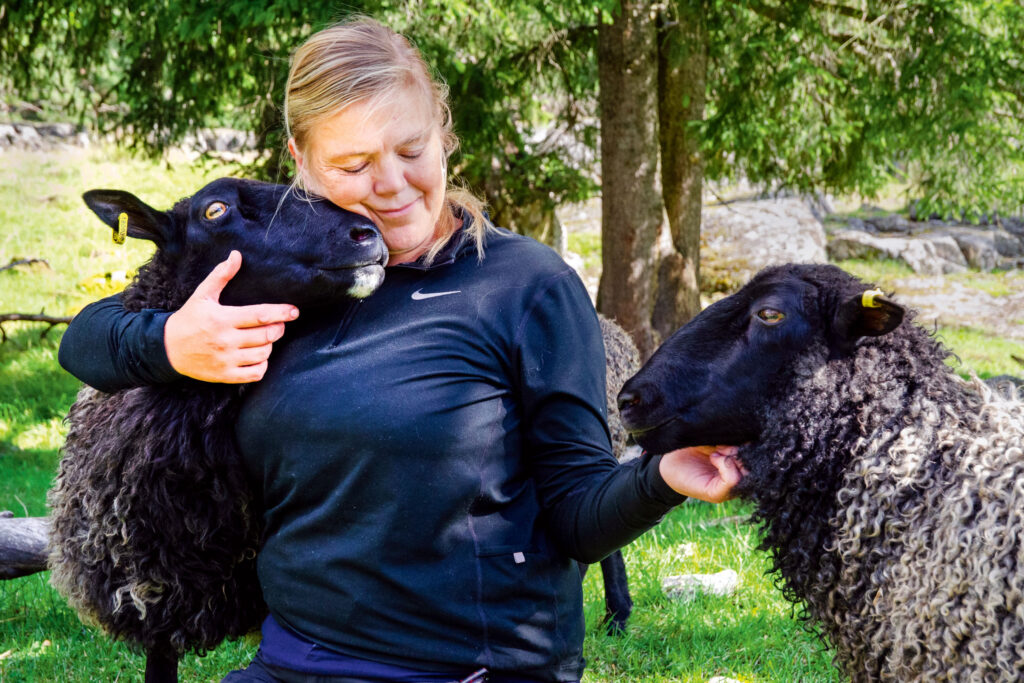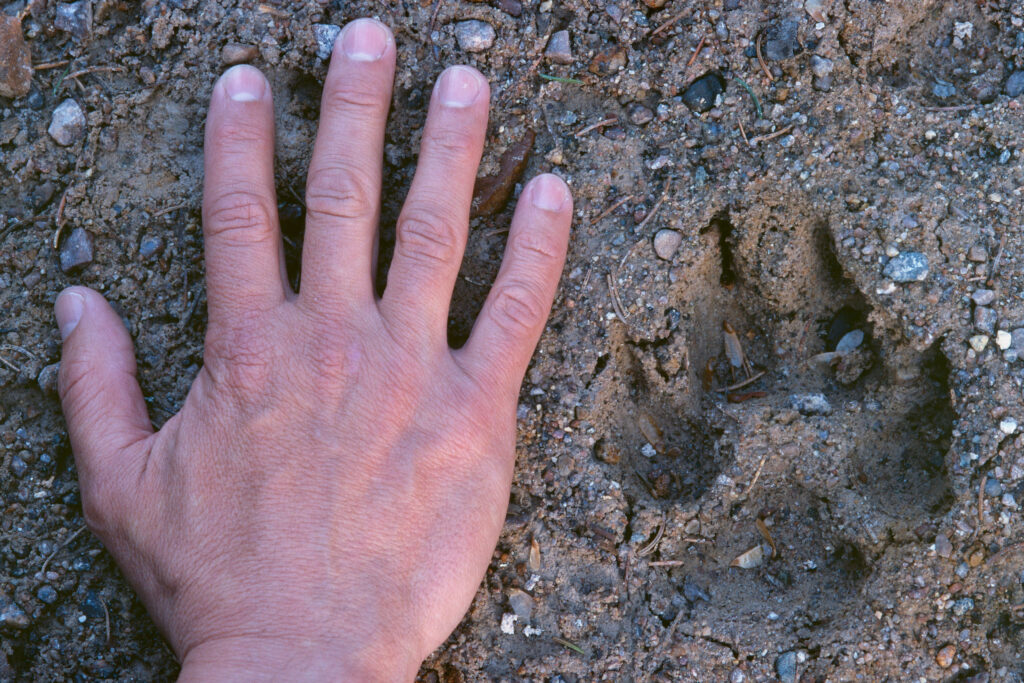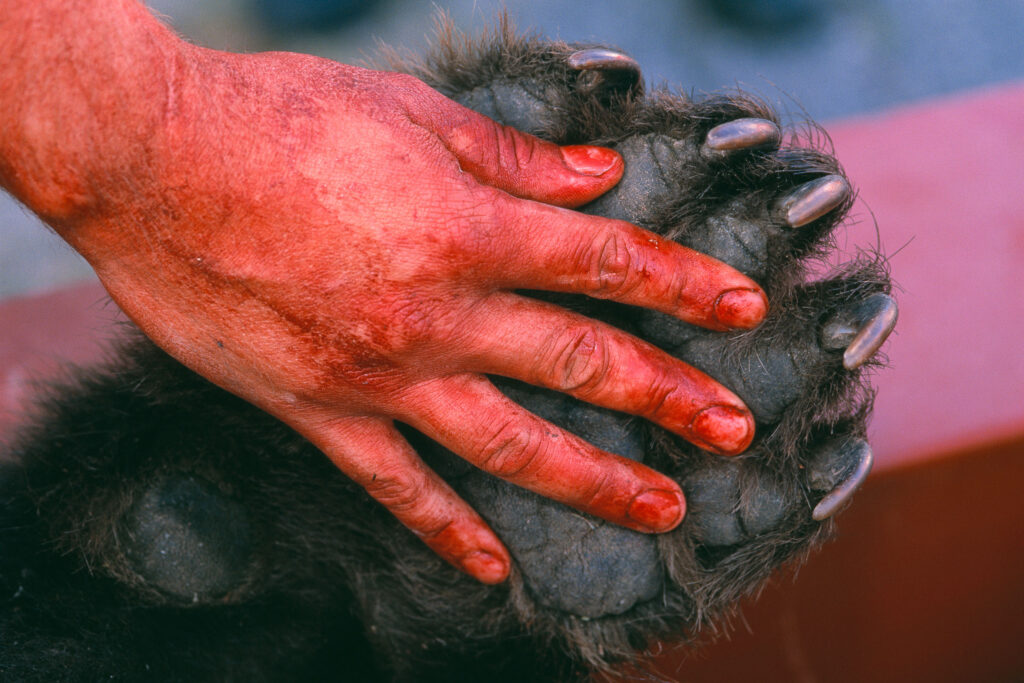Human
The human is the by far most numerous large carnivore in Sweden. It is a territorial species that sometimes shows aggressivity toward humans from other territories, as well as often toward other species. Certain individuals and groups can be violent. Especially so against what could be seen as competing carnivores.
Why now?
The human population in Sweden has never been more numerous than today. This does create a lot of pressure on nature and its Variety of Life, also called biodiversity. Humans here tend to over-exploit fish and wildlife stocks, forests, waters and wetlands. They use dangerous chemicals and burn large amounts of fuels, leading to emissions that are now shown to contribute to global climate change. They don’t yet seem to have any clear plan for how to avoid that disaster. A lot of smoke screens, and simplistic solutions are presented to the humans. This seems to periodically make large groups of them relax and calm down, preventing them from starting to deal with their most urgent problems. Humans have maybe not yet fully understood that they are also part of the natural world and need to better adapt to it, in order to survive long term.
Human conservation
Sweden presently has more than 10 million humans. That is an increase by 50 percent over the last 50 years. The human is generally considered a protected species here, even if illegal killings do occur, in urban areas as well as in the countryside. In some countries, problem individuals that kill other humans are eliminated. This is not allowed in Sweden, where such individuals are instead locked up in enclosures for many years.
Large-scale killing of humans is internationally regulated by the Geneva Convention, which forbids lead-tipped or semi-jacketed ammunition, the use of nerve gas or biological weapons, and genocide. Nuclear weapons are, on the other hand, still allowed.
Additional protection for humans is provided by the Hague Convention and the European Convention on Human rights. Although these are not yet fully respected internationally. The total number of humans in Europe is estimated at 745 Million (2021) and their conservation status is “Least concern”, at present, even though there has been a slight decrease since the peak year 2020. There are discussions among humans, about if, and if so, how they should start reducing their numbers, to save the planet. However, some humans instead advocate the need of a permanent increase in numbers, to keep wheels turning. Real plans are yet to be agreed upon and carried out in reality, even though endless new grand declarations and official agreements on paper, replace each other, during each year that passes.
Does the ecosystem need the human?
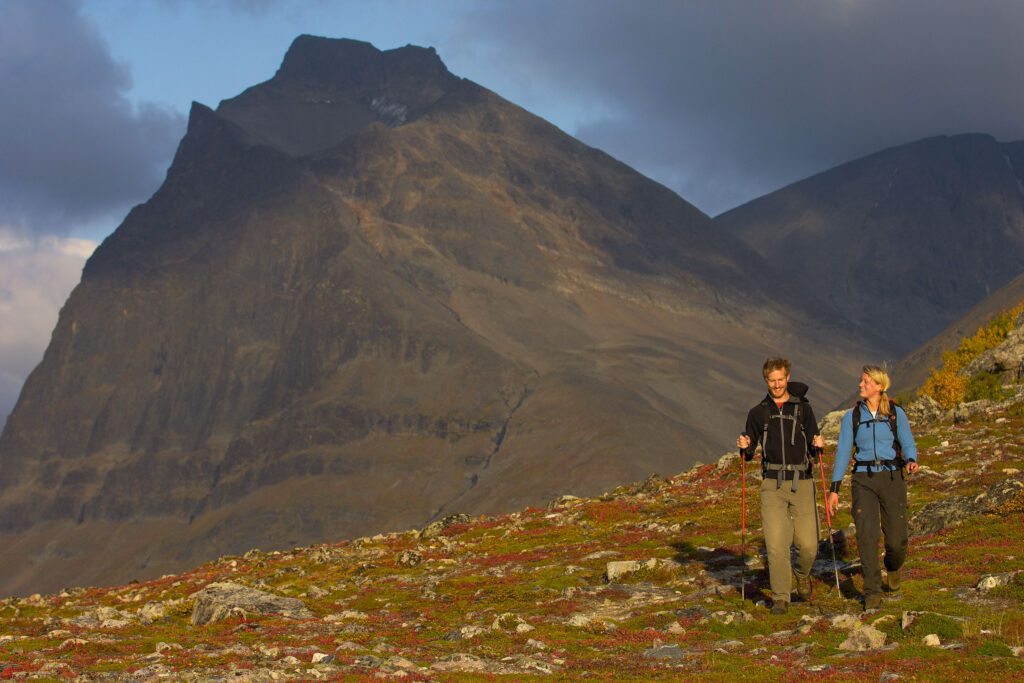
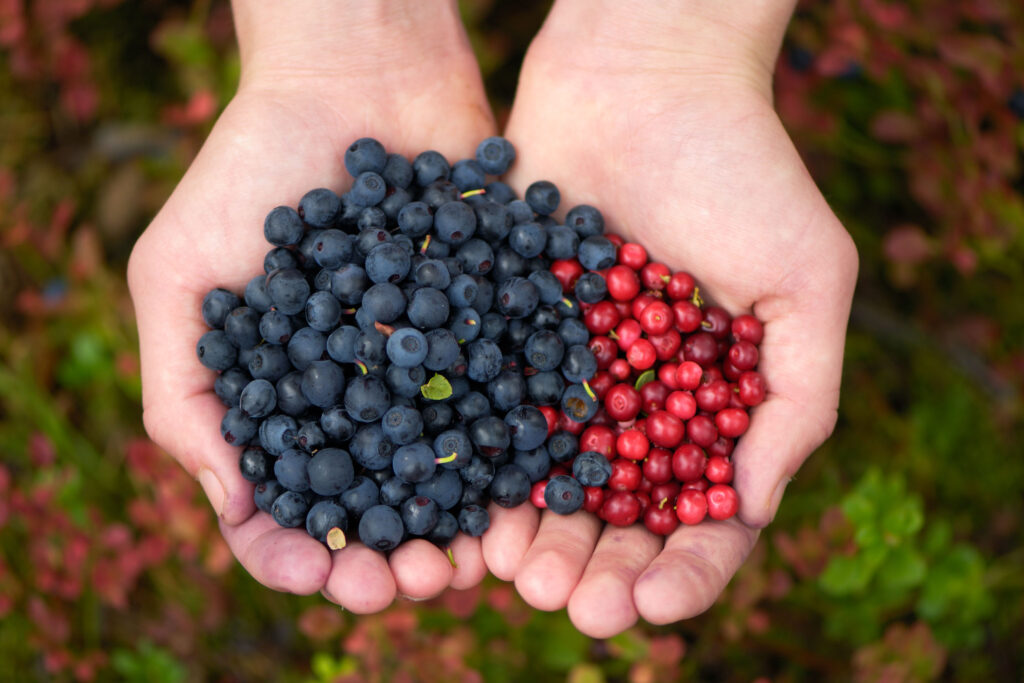
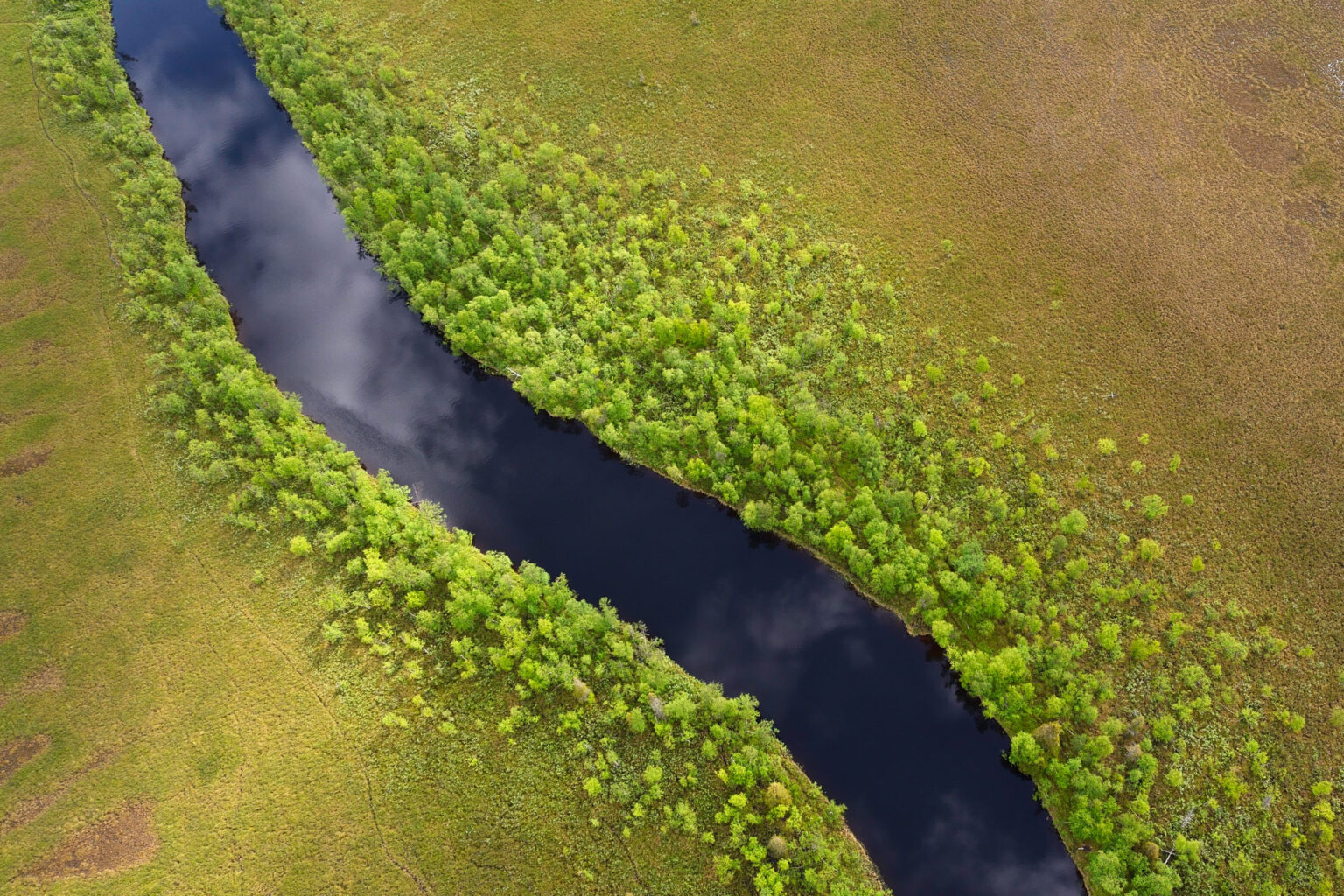
The human is actually a bit of a problem species, and when found in many billions, the species becomes a global existential challenge. The human is the only predator that actively destroys its own and other animals’ environment. Changing wild nature into asphalt, draining wetlands, building dams in rivers, filling out bays in the sea, cutting down forests, dumping waste in landfills and releasing dangerous chemicals into the surroundings. The human’s emissions of carbon dioxide, primarily from burning carbon fuels, is now threatening the global climate and the very existence of life on Earth as we know it. The humans seem to be trying to kill themselves.
Culturally, the human appears very clever and charming, they can make immense amounts of products and develop all kinds of cultural heritage, myths, stories, music and art. In Sweden the humans tend to gather in the more arable lowlands and coastal areas, where they have built towns and cities. On the other hand, that often makes their numbers decrease in the countryside, especially the farther away you come from the cities. In the mountains and forests of the North, their population density has always been very low. Where high densities of humans congregate, the natural environment there tends to deteriorate, so that those regions then need to bring in food and other natural resources from elsewhere.
Why are humans killed?
Under Swedish law, the killing of humans is not legal, apart from in self-defence or in a few rare cases within law enforcement. In 2022 as many as 116 humans, a majority males, were killed by other humans in inter-species violence. Often related to drug use, drug sales, alcohol abuse, territorial fights and male aggressivity. In modern times the Swedish humans have managed to stay out of the biggest tribal wars, such as World War 1 and World War 2. Before that, Swedes were a very war-faring tribe, from the Stone age, via the Viking age and up to even running their own little empire in the 1600-1700s, colonizing and dominating some of the neighbouring tribes.
Are humans dangerous?
Yes. The human is the most dangerous and aggressive animal species on the planet. To itself as well as to all other species. Contributing factors here seem to be consumption of alcohol or other drugs, especially if combined with fundamentalist religious, nationalistic or political beliefs.
The human is a territorial animal often protecting its territory with walls, fences, hedges and alarm systems. Conflicts over territory are common and may result in everything from fistfights to litigation or wars. In Sweden 2022 more than 29,000 cases of assault on females of the species and 30,000 cases of assault on males, were reported to the police.
Human facts
It walks upright and is related to the great apes. Originally from Africa. The human is the planet’s most numerous large predator. A very adaptable species, spread across all climate zones and habitats. Its distribution is concentrated to metropolises and fertile agricultural zones. Mating season is all year around, and normally one cub is born after 9 months’ gestation. The species is remarkably social, preferring to live and work in groups. They prefer dry and warm dens of a cubic shape. In Sweden, their territories range from about 20 square metres (with kitchenette) to several square kilometres.
Humans are omnivores, just like bears. They eat almost anything that contains protein, fat or carbo-hydrates. From vegetables, fruit and berries over to fish, milk and meat. The meat mainly comes from animals that the humans keep captive, but they also eat meat from wild animals. A slowly increasing percentage of humans are changing to a more plant-based diet, but the majority is still carnivorous. Swedes eat about 80 kilo of meat per person, per year. Individuals may build up considerable reserves of fat, but still do not hibernate.
Humans are often organised in strongly hierarchical social structures, where alpha and beta individuals gather most of the money and power, while lower-ranked individuals work for their food. Over the years, humans have developed a wealth of sounds – speech, songs, screams, whistles, shouts, yodelling and music, only to name a few. These have strong social significance. It moves in a slow pace and does not have strong endurance. It can climb trees when young. The human has weak hearing and a dull sense of smell, but quite good eyesight in daylight.
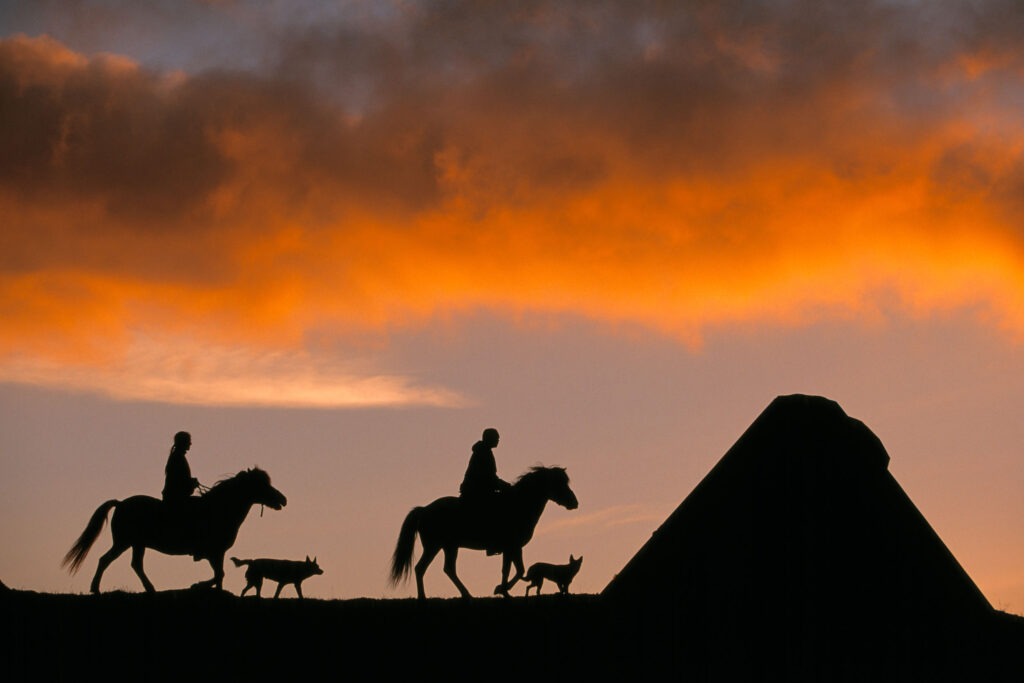
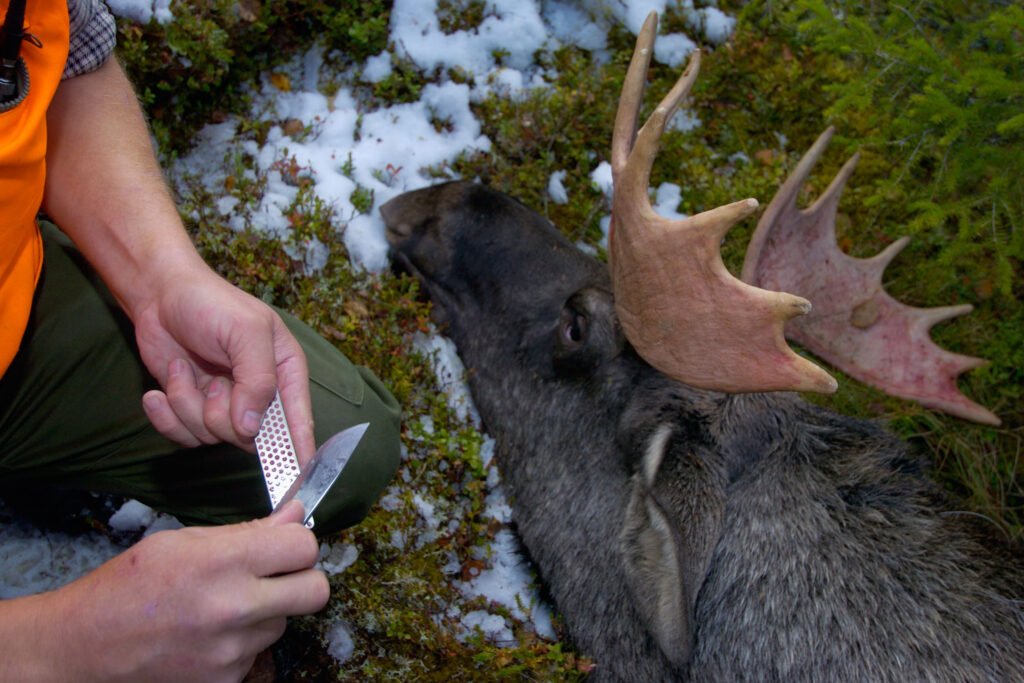
Image credits
From the top: 1-7 Staffan Widstrand
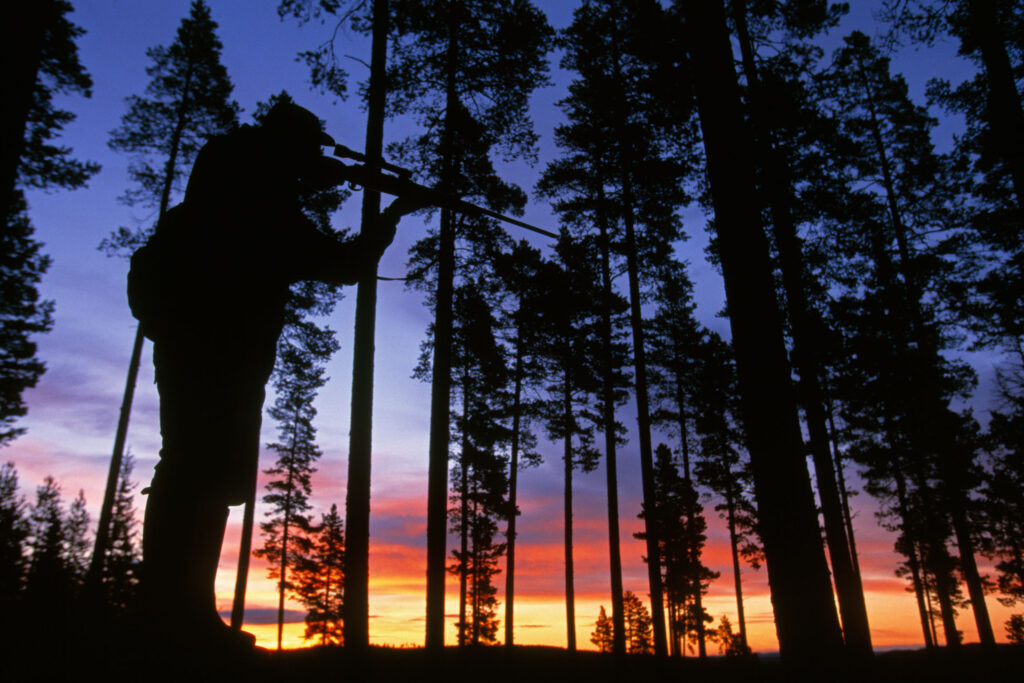
Links
- Attitudes towards large carnivores in rural communities in the EU (eurogroupforanimals.org, 2023)
- Attitudes in Sweden towards large carnivores and wildlife management (Swedish University of Agricultural Sciences, SLU, Swedish)
- Recommendations for Predator-proof fencing (Swedish University of Agricultural Sciences, SLU, 2024)
- “They make millions from a forest full of carnivores” (Aftenposten, Norway, 2023, paywall)
News
Hundreds of millions wasted on culling wolf population
- 8 October 2025
Podcast well worth listening to
- 19 September 2025
250,000 Swedish kronor reward for tips on illegal hunting of large predators
- 10 September 2025
124 swedish bears shot on the first day of hunting
- 21 August 2025
Sweden prepares for another major bear hunt
- 4 August 2025
EU Court ruling confirm flaws in Sweden’s wolf policy
- 11 July 2025
